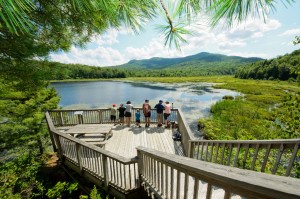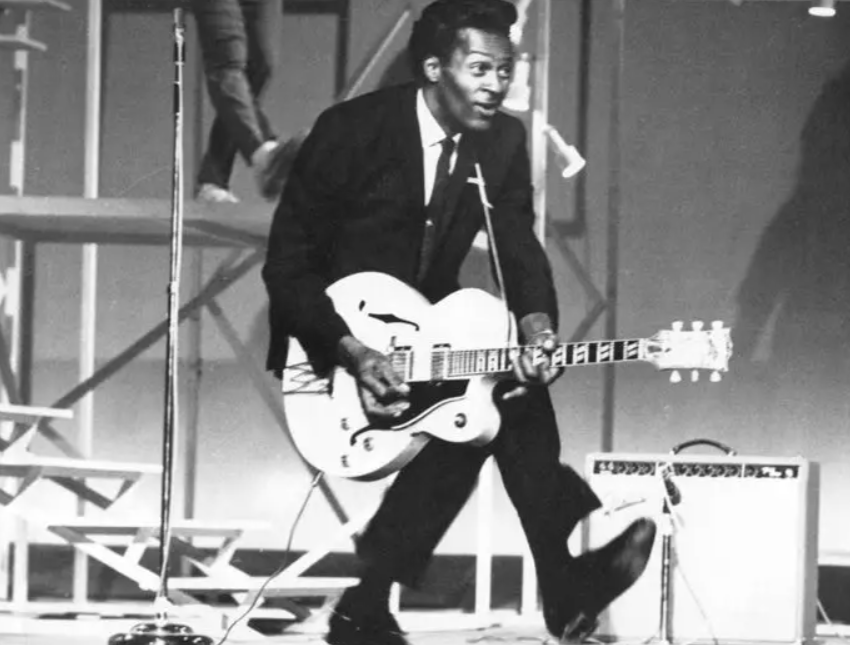(ThyBlackMan.com) If you’re a lover of the four-legged and the winged, Mont-Tremblant is one heck of an appealing destination. Here in the Laurentian Mountains, where the mixed-hardwood forests of the south transition beautifully into boreal woods, wildlife from both ecological realms intermingle. And it’s not just the plethora of free-roaming birds and beasts to entice you: You’ve also got myriad opportunities to have a blast in the great outdoors with domesticated critters, from huskies to draft horses.
So whenever you find yourself up in Quebec’s favorite outdoor playground, set yourself up in a Mont-Tremblant hotel, strap on the binoculars, and head out for a Laurentian-style safari!
The Laurentian Wildlife Roster
From marshes and bogs to airy maple stands and deep spruce-fir stands, the varied habitat spectrum that defines the Laurentians fosters a diverse lineup of native wildlife. Beavers, muskrat, mink, and river otters often reward the quiet paddler or waterside hiker with a glimpse. Drive the forest backroads or hoof it along the winding trails of Mont-Tremblant National Park, and you may spot snowshoe hares and ermines in the thickets, red squirrels or fishers on the tree trunks, and white-tailed deer or moose flushed from  copses or shrub-wetlands. You might turn up a black bear anytime outside the deep of winter. Bobcats and Canada lynx overlap here; so do red foxes, coyotes, and eastern wolves.
copses or shrub-wetlands. You might turn up a black bear anytime outside the deep of winter. Bobcats and Canada lynx overlap here; so do red foxes, coyotes, and eastern wolves.
The ecosystem matrix and the migratory funnels of the Central and Atlantic flyways also ensure a bountiful array of birdlife across Mont-Tremblant’s ecological year: neotropical warblers, woodpeckers, ducks and geese, handsome (and bold) grouse, ravens and jays, raptors–and many more varieties.
Indirect Thrills
Certainly a firsthand glimpse of a moonlit horned owl or the liquid dart of a creekside mink is unforgettable, but even if you don’t clap eyes on an animal in the flesh, you can still often detect its presence out in the Laurentian wilds. Tracking is an exhilarating–and downright addictive–activity for all ages. Wintertime’s most fruitful, of course, when a cross-country ski or snowshoe outing morphs into the detective work of interpreting the snowpack’s tapestry of footprints and tunnels. (Discovering the abrupt terminus of a squirrel or hare’s trail at the snow-angel impression of an owl or goshawk’s wings is a rare thrill.) But outside the snow season, you can still survey sandy backroads and muddy lakeshores and river bottoms for tracks. The scrapes of rutting whitetails, the hair- and bone-filled scats of carnivores, the burrow of a fox: Evidence for animal activities abounds.
And sometimes you hear an unseen animal–the midwinter courting hoots of great horned owls, the slap of a beaver’s tail, the loopy cry of a pileated woodpecker, the spine-tingling howl of a wolf.
In the Company of Animals
Looking for Mont-Tremblant wildlife on foot or by canoe is all well and good, but it’s hard to beat the fun of doing so with your own animal posse at your side. Roam the Laurentian woods by horseback, or patrol the wintry wilderness on a dogsled or horse-drawn sleigh.
From the backcountry of Mont-Tremblant National Park to the breeze-riffled woods of your resort grounds, there’s nearly always some Laurentian wildlife to appreciate in and around Mont-Tremblant. Keep those eyes peeled whenever you’re out and about!
Staff Writer; John Carter




















Leave a Reply